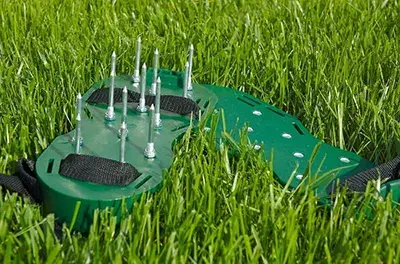Spring is one of the greatest times to prune your rose bushes! However, you may prune roses year-round to promote health and growth. From San Antonio to Waco and everything in between, we know that our area has unique soil, weather, and growing challenges.
In this blog, we’ve included five steps to help you prune your roses like a pro to ensure your rose bushes have the best shot at healthy, gorgeous blooms.
This will be a prickly and tedious job! Here’s a list of the tools you should obtain before pruning:
- Pruning shears (make sure they’re sharp!)
- Keyhole saw
- Loppers (large)
- A thick pair of leather gloves (gotta keep your hands scratch-free!)
- Pruning compound
- Dull knife
Spring pruning occurs in late February and early March. You will see the effects of blooming within 35-70 days; the time it takes for roses to bloom depends on the variety of your roses and the weather conditions!
Step 1. Remove dead or non-productive canes from the rose bush. You’ll notice that these stems are grey or brown in color, appearing significantly different in comparison to healthier canes. For specifically the Hybrid Tea and Grandiflora rose varieties, you’ll want to follow some additional rules for pruning which include:
- Pruning higher on the bush will promote increased growth earlier, where pruning lower on the bush will produce fewer and larger blossoms later.
- Remove weak and crossing canes.
- Prune an inch below cankers.
- When removing a sucker, you’ll want to make the removal as close to the main root as possible.
All of these guidelines will aid your rose bush to be its healthiest and encourage the growth of new shoots, or basal breaks, from the graft union which will produce future canes. Remember, suckers are to be removed but can be confused with basal breaks! Keep the basal breaks, and remove the suckers.
 Canker on Crossing Canes
Canker on Crossing Canes

Basal Breaks
Step 2. Take a look at the bud union, the knot at the base of the bush where the basal breaks are attached to. If this knot looks covered in dry or scaley wood, you’ll want to use your dull knife to scrape away that coating. Doing this encourages more basal breaks to emerge, improving the health and growth of your rose bush!
Step 3. Now you can start to really cut back! Go ahead and remove all the scrawny growth on your healthy canes. You’ll really want to focus on clearing out the middle of the bush as this will promote airflow which reduces infestations from insects and diseases.
Pro Tip: When you are making these little improvements to your climbing roses, pruning should be performed after they bloom in the spring!
Step 4. For this step, you will focus your pruning upon the healthy canes. As you do this, you’ll want to prune back to the dormant buds; this is because growing buds will not bloom as much, and the dormant buds will produce even more blooms.
When you are choosing where to make a cut on a cane, you’ll want to make each cut at a 45-degree angle a ¼ inch above the closer, outward-facing buds. The reason you want to choose outward-facing buds is that this will ensure the center of the rose bush is clear and all the buds remain on the outside. Additionally, when choosing where to make a cut on a cane, select an area that is roughly the width of a pencil. Although, this may be harder to achieve since you need to prune at a dormant bud so the width of the cane may not be exact.
Pro Tip: When removing old and larger canes from the bud union, be sure to seal these bigger cuts to avoid insects and disease infesting your rose bush!
Step 5. At this point, your pruning portion is completed! Go ahead and remove dead and old foliage. Spray a clean-up solution from a mixture of Funginex/Benomyl and Orthene/Diazinon, making sure to spray the whole bush, as well as the ground surrounding the bush.
By the time you are finished, your rose bush should be about 18 to 24 inches in height and have 4 to 8 canes.




